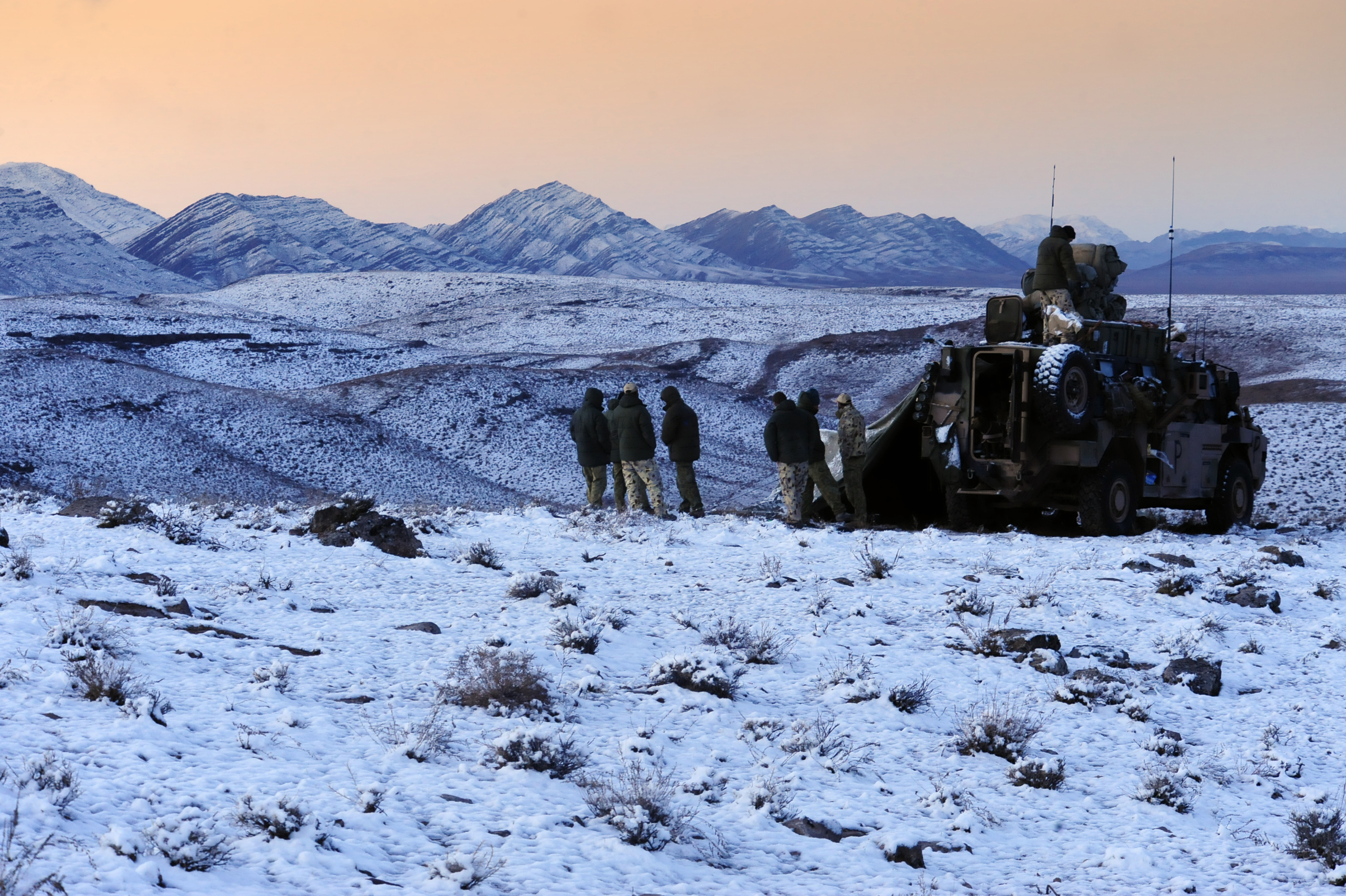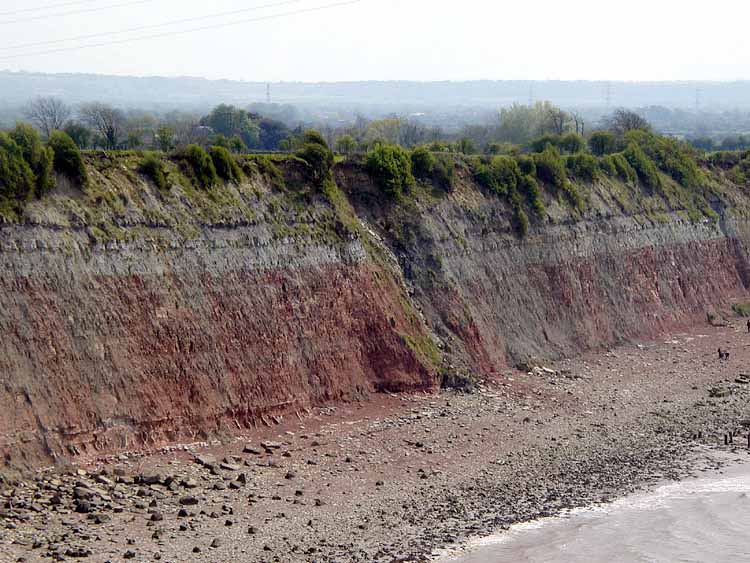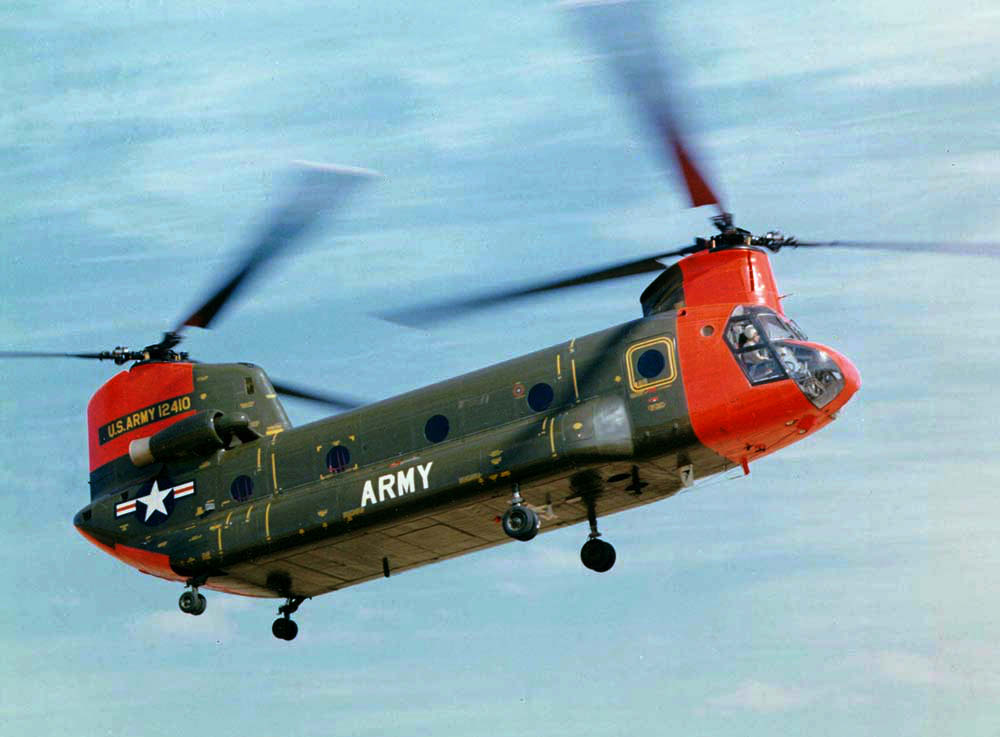|
Military History Of Australia During The War In Afghanistan
The Australian contribution to the war in Afghanistan has been known as Operation Slipper (2001–2014) and Operation Highroad (2015-2021). Australian Defence Force (ADF) operations and the size of the forces deployed have varied and ADF involvement has included two major areas of activity: Afghanistan and the Persian Gulf. These activities have seen the deployment of naval, air and land forces that have taken part in combat and combat support operations as part of the International Security Assistance Force (ISAF). In mid-2014, the naval and logistic support operations in the Persian Gulf were re-designated as Operation Manitou and Operation Accordion respectively. Operation Slipper Operation Slipper began in late 2001 and ended on 31 December 2014. First phase During the first phase of Operation Slipper, the Australian Defence Force (ADF) commitment to Afghanistan consisted of a Special Forces Task Group and two Royal Australian Air Force (RAAF) Boeing 707 air-to-air refue ... [...More Info...] [...Related Items...] OR: [Wikipedia] [Google] [Baidu] |
War In Afghanistan (2001–2021)
The War in Afghanistan was an armed conflict that began when an Participants in Operation Enduring Freedom, international military coalition led by the United States launched United States invasion of Afghanistan, an invasion of Afghanistan, toppling the Taliban-ruled Islamic Emirate of Afghanistan (1996–2001), Islamic Emirate and establishing the internationally recognized Islamic Republic of Afghanistan, Islamic Republic three years later. The conflict ultimately ended with the 2021 Taliban offensive, which overthrew the Islamic Republic, and re-established the Islamic Emirate. It was the List of the lengths of United States participation in wars, longest war in the military history of the United States, surpassing the length of the Vietnam War (1955–1975) by approximately six months. Following the September 11 attacks, President of the United States, U.S. President George W. Bush demanded that the Taliban immediately extradite al-Qaeda leader Osama bin Laden to the Unit ... [...More Info...] [...Related Items...] OR: [Wikipedia] [Google] [Baidu] |
Kandahar
Kandahar (; Kandahār, , Qandahār) is a city in Afghanistan, located in the south of the country on the Arghandab River, at an elevation of . It is Afghanistan's second largest city after Kabul, with a population of about 614,118. It is the capital of Kandahar Province as well as the de facto capital of the Taliban, formally known as the Islamic Emirate of Afghanistan. It also happens to be the centre of the larger cultural region called Loy Kandahar. In 1709, Mirwais Hotak made the region an independent kingdom and turned Kandahar into the capital of the Hotak dynasty. In 1747, Ahmad Shah Durrani, founder of the Durrani dynasty, made Kandahar the capital of the Afghan Empire. Historically this province is considered as important political area for Afghanistan revelations. Kandahar is one of the most culturally significant cities of the Pashtuns and has been their traditional seat of power for more than 300 years. It is a major trading center for sheep, wool, cotton, s ... [...More Info...] [...Related Items...] OR: [Wikipedia] [Google] [Baidu] |
Australian 2nd Cavalry Regiment
The 2nd Cavalry Regiment (2 CAV) is an armoured cavalry regiment of the Australian Army. Formed in 1965 as the "1st Cavalry Regiment", it is the second most senior regiment in the Royal Australian Armoured Corps. In 1970, the regiment was redesignated as the "2nd Cavalry Regiment", to differentiate it from the 1st Armoured Regiment. The regiment was based at Holsworthy until 1992 when it was allocated to the 1st Brigade based in Darwin in the Northern Territory. In late 2014 the regiment was transferred to the 3rd Brigade, and is now based in Townsville in Queensland. The unit is equipped with M1A1 tanks, ASLAV light armoured vehicles and M113AS4 APCs. History The regiment was formed in 1965 as the 1st Cavalry Regiment through the regimentation of two regular squadrons that had formed part of Citizens Military Force regiments. A Squadron was formed from A Squadron, 4th/19th Prince of Wales's Light Horse, while B Squadron was formed from A Squadron, 2nd/14th Queensland Moun ... [...More Info...] [...Related Items...] OR: [Wikipedia] [Google] [Baidu] |
6th Battalion, Royal Australian Regiment
6th Battalion, Royal Australian Regiment (6 RAR) is a mechanised infantry battalion of the Australian Army. It was originally raised in Brisbane, Queensland, on 6 June 1965 and has since then served in a number of overseas deployments and conflicts including South Vietnam, East Timor, Iraq and Afghanistan. During the Vietnam War, the battalion earned a US Presidential Unit Citation from the United States when members from 'D' Company participated in the Battle of Long Tan on 18–19 August 1966. The battalion is currently based at Gallipoli Barracks in Brisbane and forms part of the 7th Brigade. History Formation 6 RAR was raised on 6 June 1965 at Alamein Barracks at Enoggera in Brisbane, Queensland, when a cadre of officers and non-commissioned officers (NCOs) and two rifle companies were transferred from 2 RAR to form the nucleus of the new battalion. The battalion was then brought up to full strength when an intake of 250 national servicemen marched-in in September ... [...More Info...] [...Related Items...] OR: [Wikipedia] [Google] [Baidu] |
5th/7th Battalion, Royal Australian Regiment
The 5th/7th Battalion, The Royal Australian Regiment (Mechanised) (5/7 RAR ECH was a mechanised infantry battalion of the Australian Army. The battalion was based at Robertson Barracks in Holtze, Northern Territory and formed part of the 1st Brigade. It was formed in 1973 by linking both the 5th and 7th Battalions of the Royal Australian Regiment together and was disbanded 3 December 2006, as part of the expansion of the Australian Army, when the 5th and 7th Battalions of the Royal Australian Regiment were delinked into two separate battalions once again. History 5/7 RAR was formed on 3 December 1973 at Holsworthy Barracks in Sydney by the amalgamation of the 5th and 7th Battalions of the Royal Australian Regiment to form a single light infantry battalion. This was the result of reductions in the size of the Australian Army following the Vietnam War. Throughout the battalion's history 5/7 RAR formed part of the 1st Brigade. In January 1975 the battalion deployed to Darwin ... [...More Info...] [...Related Items...] OR: [Wikipedia] [Google] [Baidu] |
1st Combat Engineer Regiment (Australia)
The 1st Combat Engineer Regiment (1 CER) is a combat engineer regiment of the Australian Army. Based in the Northern Territory and attached to 1st Brigade, it is a Regular Army unit of the Royal Australian Engineers and is tasked with providing mobility and counter mobility support. History 1 CER was raised on 1 March 1993, built around 1 Field Squadron RAE, itself raised from 1st Field Engineer Regiment (1FER) in July 1981 at Holsworthy Barracks, in Sydney.''1st Combat Engineer Regiment Adopts Sapper Cericky'', ''Australian Sapper 2003'', p. 35 1 Field Squadron, draws lineage from 1 Field Company that was raised as part of the First Australian Imperial Force during World War I. The regiment moved from Sydney in late 1999 to Robertson Barracks, Darwin. 2 Troop, 1 Field Squadron was deployed to East Timor during this time as part of INTERFET. In April 2000, 1 Troop, 1 Field Squadron replaced 2 Troop and began its six-month deployment in support of 6 RAR. The pro-Indonesian M ... [...More Info...] [...Related Items...] OR: [Wikipedia] [Google] [Baidu] |
Bushmaster Afghanistan Snow Jan 2010
Bushmaster may refer to: Snakes * Any member of the genus ''Lachesis'' (genus), large venomous pit vipers of Central and South America Military and firearms * Bushmaster Firearms International, an American firearms manufacturer ** Bushmaster Arm Pistol, a 5.56×45mm NATO weapon classified as either a long pistol or short rifle ** Bushmaster M17S, a semi-automatic bullpup rifle ** Bushmaster ACR, an assault rifle originally designed by Magpul ** Bushmaster XM-15, a line of AR-15 pattern rifles and carbines ** Bushmaster M4-type Carbine, a carbine in the XM-15 family ** .450 Bushmaster, a rifle cartridge originally developed by LeMAG Firearms LLC * Bushmaster Protected Mobility Vehicle, an Australian infantry mobility vehicle * During World War II, the 158th Infantry Regiment of the Arizona Army National Guard were nicknamed the "Bushmasters" * A variant of the Landing Vehicle Tracked (LVT) * M242 Bushmaster, a 25mm chain gun manufactured by Alliant Techsystems ** Mk44 Bush ... [...More Info...] [...Related Items...] OR: [Wikipedia] [Google] [Baidu] |
Aust US Engineers Moqur Bridge
Aust is a small village in South Gloucestershire, England, about north of Bristol and about south west of Gloucester. It is located on the eastern side of the Severn estuary, close to the eastern end of the Severn Bridge which carries the M48 motorway. The village has a chapel, a church and a public house. There is a large area of farmland on the river bank, which is sometimes flooded due to the high tidal range of the Severn. Aust Cliff, above the Severn, is located about from the village. The civil parish of Aust includes the villages of Elberton and Littleton-upon-Severn. History Overview Aust, on the River Severn, was at one end of an ancient Roman road that let to Cirencester. Its name, Aust, may be one of the very few English place-names to be derived from the Latin ''Augusta''. The name of Aust is recorded in 793 or 794 as ''Austan'' (''terram aet Austan v manentes'') when it was returned to the Church of Worcester after having been taken by King Offa's earl, By ... [...More Info...] [...Related Items...] OR: [Wikipedia] [Google] [Baidu] |
5th Aviation Regiment (Australia)
The 5th Aviation Regiment (5 Avn Regt) is an Australian Army aviation unit. Formed in 1987 after the Army took over responsibility for operating helicopters from the Royal Australian Air Force, the regiment is based at RAAF Base Townsville, in Queensland. It currently forms part of the 16th (Aviation) Brigade and it operates the majority of the Army's transport helicopters. Throughout its existence, the regiment has been deployed overseas numerous times, supporting both peacekeeping and warlike operations. Since its formation elements of the regiment have made operational deployments to Cambodia, Papua New Guinea, East Timor, Iraq, Indonesia and Pakistan. History The Regiment was formed in 1987 at RAAF Base Townsville, in North Queensland. Cambodia In May 1993 six Black Hawks and 109 personnel from 'B' Squadron were deployed to Battambang airport in north-west Cambodia, forming the Army Aviation Group deployed in support of the United Nations peacekeeping mission in that coun ... [...More Info...] [...Related Items...] OR: [Wikipedia] [Google] [Baidu] |
CH-47 Chinook
The Boeing CH-47 Chinook is a tandem rotor helicopter developed by American rotorcraft company Vertol and manufactured by Boeing Vertol. The Chinook is a heavy-lift helicopter that is among the heaviest lifting Western helicopters. Its name, Chinook, is from the Native American Chinook people of Oregon and Washington state. The Chinook was originally designed by Vertol, which had begun work in 1957 on a new tandem-rotor helicopter, designated as the Vertol Model 107 or V-107. Around the same time, the United States Department of the Army announced its intention to replace the piston engine–powered Sikorsky CH-37 Mojave with a new, gas turbine–powered helicopter. During June 1958, the U.S. Army ordered a small number of V-107s from Vertol under the ''YHC-1A'' designation; following testing, it came to be considered by some Army officials to be too heavy for the assault missions and too light for transport purposes. While the YHC-1A would be improved and adopted by the U. ... [...More Info...] [...Related Items...] OR: [Wikipedia] [Google] [Baidu] |
Bushmaster Infantry Mobility Vehicle
} The Bushmaster Protected Mobility Vehicle or Infantry Mobility Vehicle is an Australian-built four-wheel drive armoured vehicle. The Bushmaster was primarily designed by the then government-owned Australian Defence Industries (ADI), and is currently produced by Thales Australia following their acquisition of ADI. The Bushmaster is currently in service with the Australian Army, Royal Australian Air Force, Royal Netherlands Army, British Army, Japan Ground Self Defense Force, Indonesian Army, Fiji Infantry Regiment, Jamaica Defence Force, New Zealand Army and the Armed Forces of Ukraine. The role of the Bushmaster is to provide protected mobility transport (or protected troop lift capability), with infantry dismounting from the vehicle before going into action. As the Bushmaster is lightly armoured, the term Infantry Mobility Vehicle (IMV) was initially adopted to distinguish it from a heavier wheeled or tracked armoured personnel carrier, such as the ASLAV and M113 also in ... [...More Info...] [...Related Items...] OR: [Wikipedia] [Google] [Baidu] |
Incident Response Regiment
The Special Operations Engineer Regiment (SOER) is a specialised unit of the Australian Army. The regiment forms part of the Special Operations Command. The unit was formed in 2002 as the Incident Response Regiment (IRR), they are deployed to respond to chemical, biological, radiological, nuclear or explosive incidents. The regiment was transferred into the newly raised Special Operations Command in 2003. In 2010 and 2011, its role changed to supporting the army's special forces units, and it was renamed accordingly.Corrigan (2010), p. 37 History The Special Operations Engineer Regiment (SOER) can trace its history to a number of specialist Royal Australian Engineers organisations. The Emergency Response Squadron was initially formed in 1999 from the existing Army Fire Service in response to the 1996 Blackhawk Helicopter disaster in the Townsville High Range training area. The Chemical, Biological and Radiological Response (CBRR) Squadron was formed in 1999 by expanding the exi ... [...More Info...] [...Related Items...] OR: [Wikipedia] [Google] [Baidu] |




